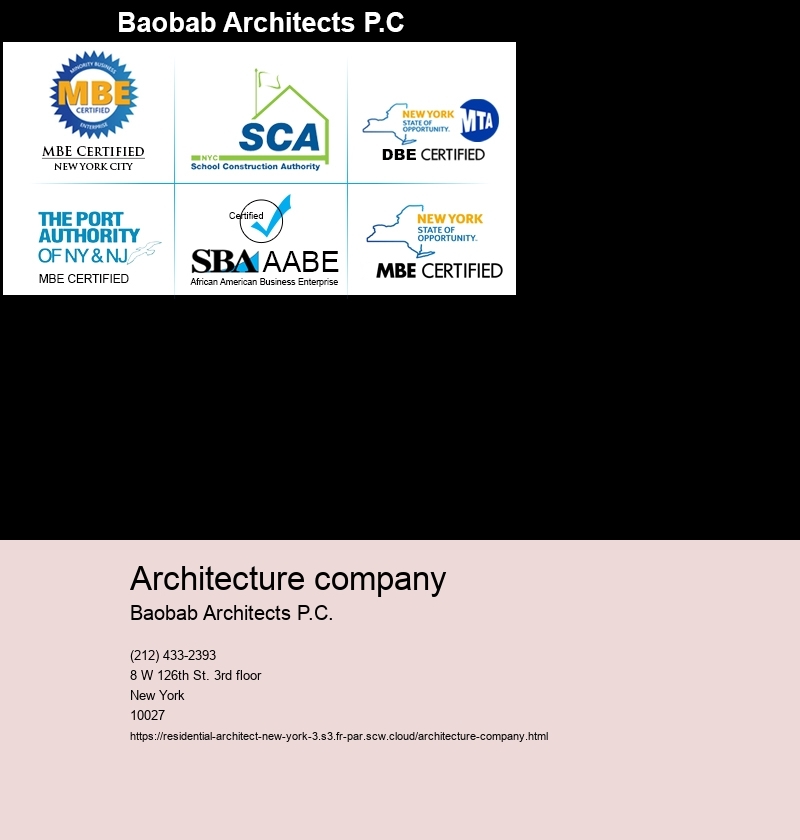architecture company
Introducing the Architectural Design Refine: From Concept to Building
architecture company .
Introduction: Starting a trip from the conception of an architectural concept to its physical indication belongs to navigating a labyrinth of creativity, capability, and formality. The architectural design process is a multifaceted endeavor that perfectly mixes artistry with design, vision with usefulness. In this comprehensive exploration, we look into the elaborate steps involved in changing a mere concept into a tangible framework, weaving with each other the threads of innovation, partnership, and thorough planning.
-
The Genesis of Concepts: The architectural design process begins with a spark of inspiration, a visionary concept that sets the phase for the development of something remarkable. Architects draw from a myriad of influences –-- social, historical, ecological, and client-specific elements –-- to develop a design short that envelops the significance of the job. This initial stage is characterized by brainstorming sessions, mapping out, and study, where concepts are fine-tuned, tested, and formed into systematic visions.
-
Conceptualization and Schematic Style: With the layout brief as their compass, architects start the journey of conceptualization, converting abstract ideas into tangible types. Through illustrations, 3D versions, and architectural makings, the spatial relationships, massing, and total appearances of the task start to materialize. This phase is marked by experimentation, as engineers explore different style versions, seeking the perfect equilibrium in between functionality, aesthetics, and sustainability.
-
Design Development: As the concept solidifies, the focus changes towards fine-tuning the details and settling technological challenges. Engineers team up very closely with engineers, experts, and stakeholders to incorporate structural systems, MEP (mechanical, electric, pipes) factors to consider, and lasting style concepts into the developing layout. This iterative procedure includes continuous evaluation and adjustment, making sure that the task continues to be aligned with the customer'' s vision, budget plan constraints, and regulative requirements.
-
Building Paperwork: With the style completed, designers continue to create thorough construction documents that serve as the blueprint for contractors and service providers. These papers incorporate in-depth illustrations, requirements, and technical notes, supplying accurate directions for every single aspect of the construction procedure. Attention to information is critical during this phase, as also the tiniest oversight can have significant ramifications on the quality and stability of the last constructed atmosphere.
-
Bidding and Settlement: Once the construction documents are completed, the job enters the bidding and arrangement phase, where service providers send proposals and complete for the opportunity to bring the style to life. Engineers play an essential duty in examining quotes, discussing agreements, and choosing the most certified group to execute the project. Clear communication and openness are important to cultivating successful partnerships and guaranteeing that the job remains on track.
-
Construction Administration: As construction commences, engineers represent project overseers, checking progression, resolving unanticipated challenges, and guaranteeing adherence to the design intent and high quality requirements. Site gos to, progression conferences, and normal communication with the building team assist in partnership and analytical, allowing the task to evolve naturally while staying true to its original vision.
-
Post-Occupancy Analysis: Also after the conclusion of construction, the architectural design procedure proceeds with post-occupancy assessment, where the performance and functionality of the built atmosphere are assessed. Feedback from residents, tracking of power use, and evaluation of customer experience notify future layout decisions and contribute to ongoing improvements in building practice.
Conclusion: The journey from concept to building and construction in the building realm is a testimony to the power of creativity, cooperation, and meticulous preparation. It is a procedure that goes beyond mere performance, transforming spaces right into experiences, and ideas into substantial truths. By welcoming innovation, sustainability, and human-centric style principles, engineers have the opportunity to form the built atmosphere in extensive and purposeful ways, leaving a lasting tradition for generations to find.
